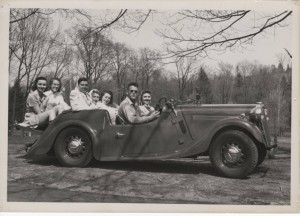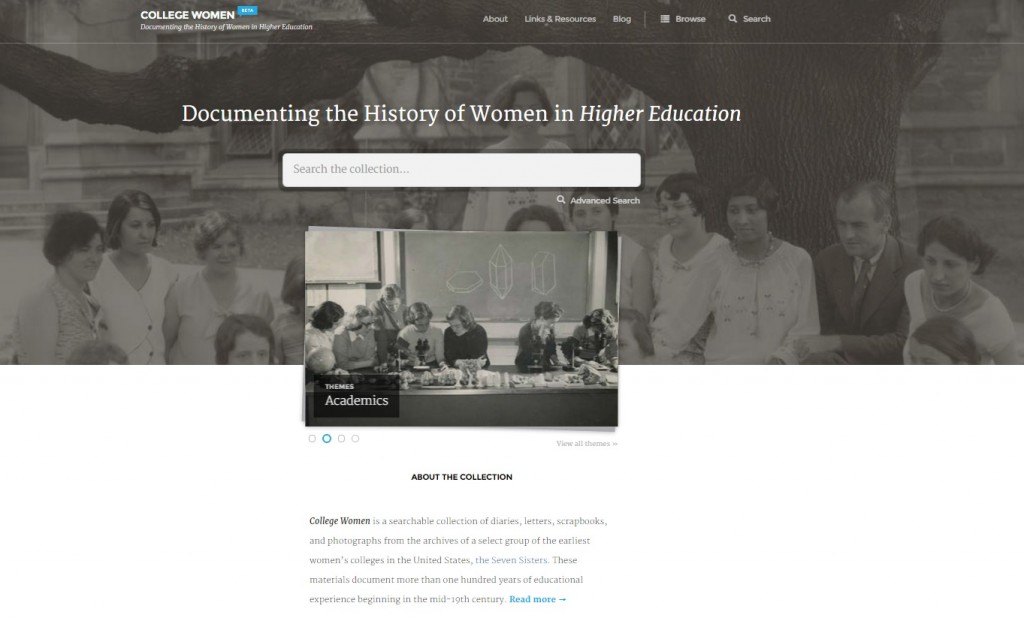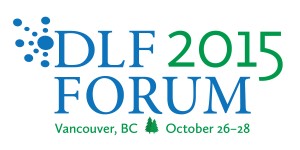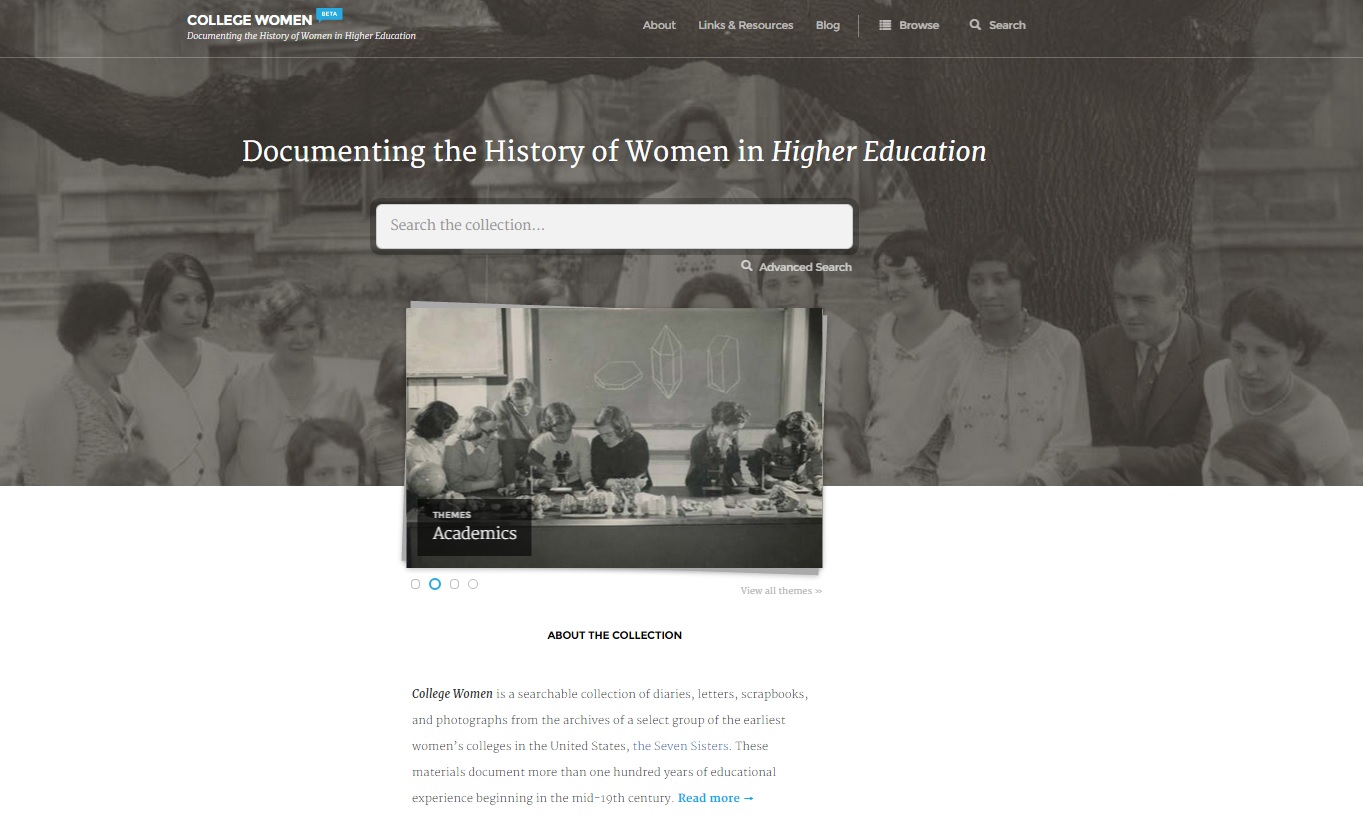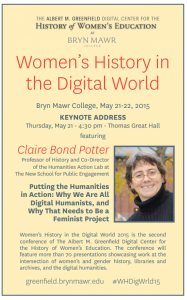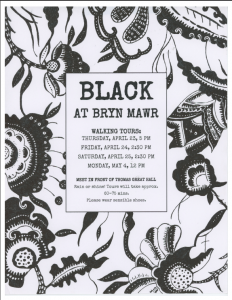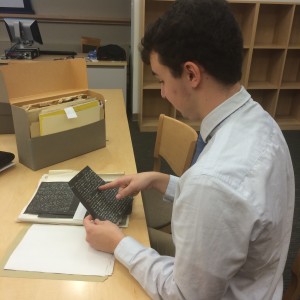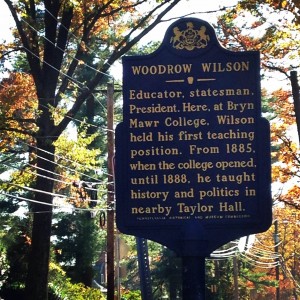* cross-posted from the Black at Bryn Mawr blog *

Good question!
I’ve been invited by the Bryn Mawr College Pensby Center to kick off this year’s Diversity Conversations programming – this Wednesday, September 30 at noon – with a look at the past, present, and future of the Black at Bryn Mawr project. During 2015-2016, I will continue to manage the project, providing new research and integrating it with my teaching and the work of the Greenfield Digital Center. I feel the loss of the project’s creators, Emma Kioko ’15 and Grace Pusey ’15 greatly — their energy and expertise made Emma’s idea for a Black history walking tour real, and far more successful than we ever could have imagined at this time last year. Our students graduate, and move on in their research and careers; talk of sustainability for campus history projects in the small liberal arts college environment must reflect this.
For those who can not attend the conversation, I am making my slides available via Slideshare (click here) and welcome comments and further questions below. Today’s presentation also dovetails with the work I am just beginning as a co-organizer of the 2016 NCPH Working Group “Campus History as Public History,” which is taking applications through October 15, 2015. Can we create best practices for these kinds of projects?
As always, the conversation also continues on Twitter: #BlackatBrynMawr and #campushistories.
